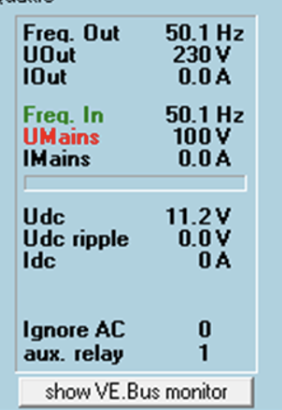One of the best ability the inverters has is to switch off very quick when grid fails, that it's unnoticeable to the loads.
However when our 3-phs MP-ll inverter is connected to the 3-phs machine load, when grid fails it switches off and we have to manually switch it (3-phs machine load) back on again. We have tested with a PC and when grid fails and switches over to inverter the PCs stays on.
Is it because one is a 3-phs and the other a single phase or there's something I'm missing?









